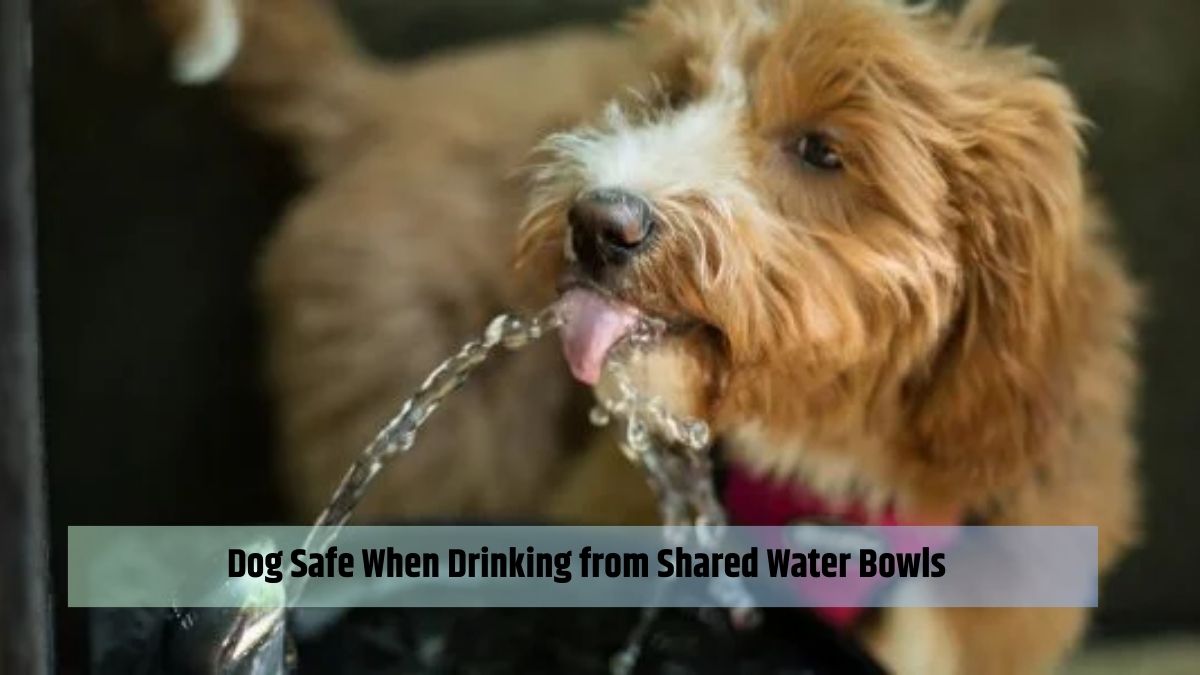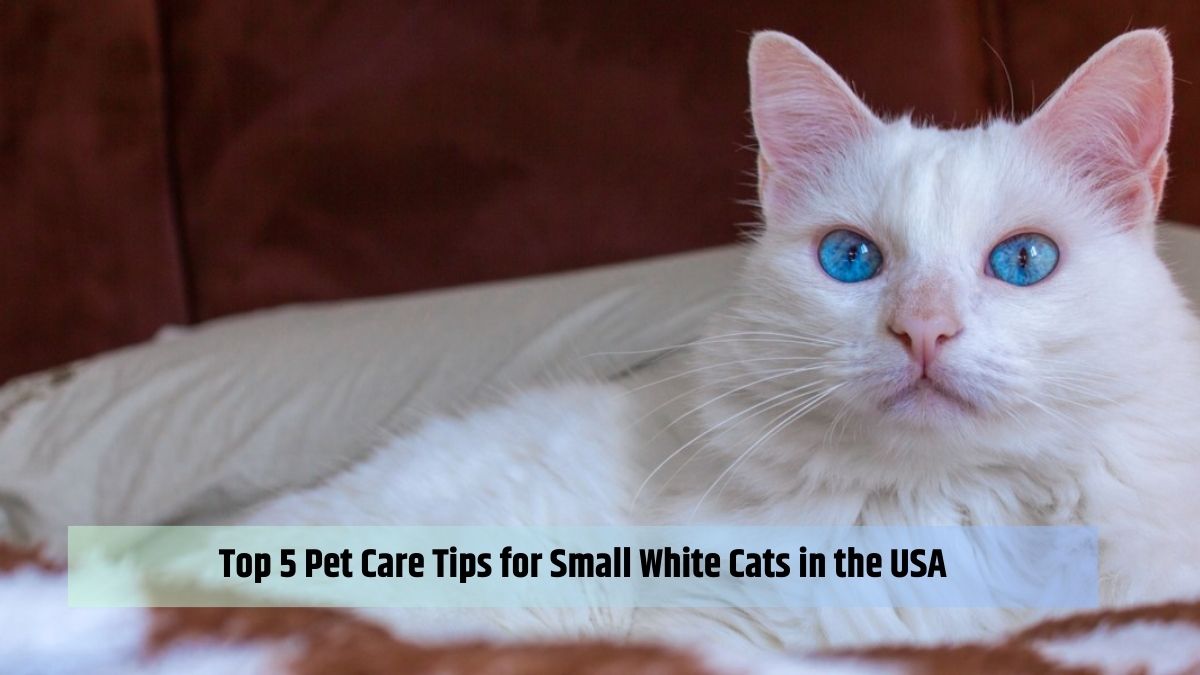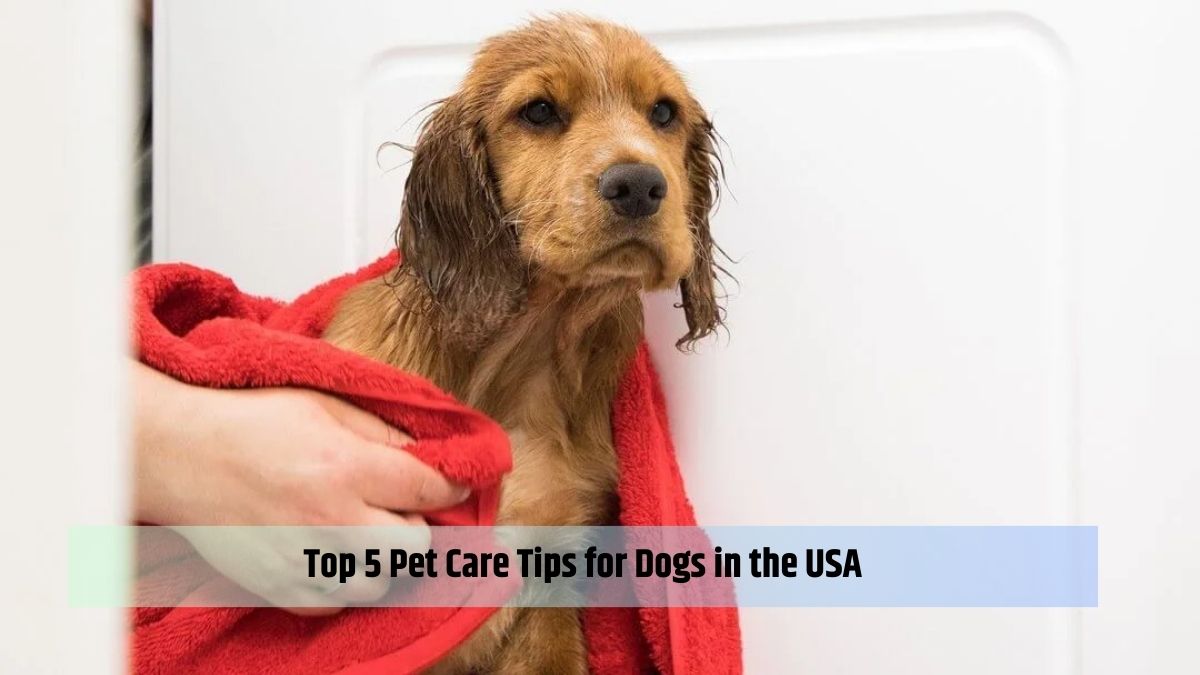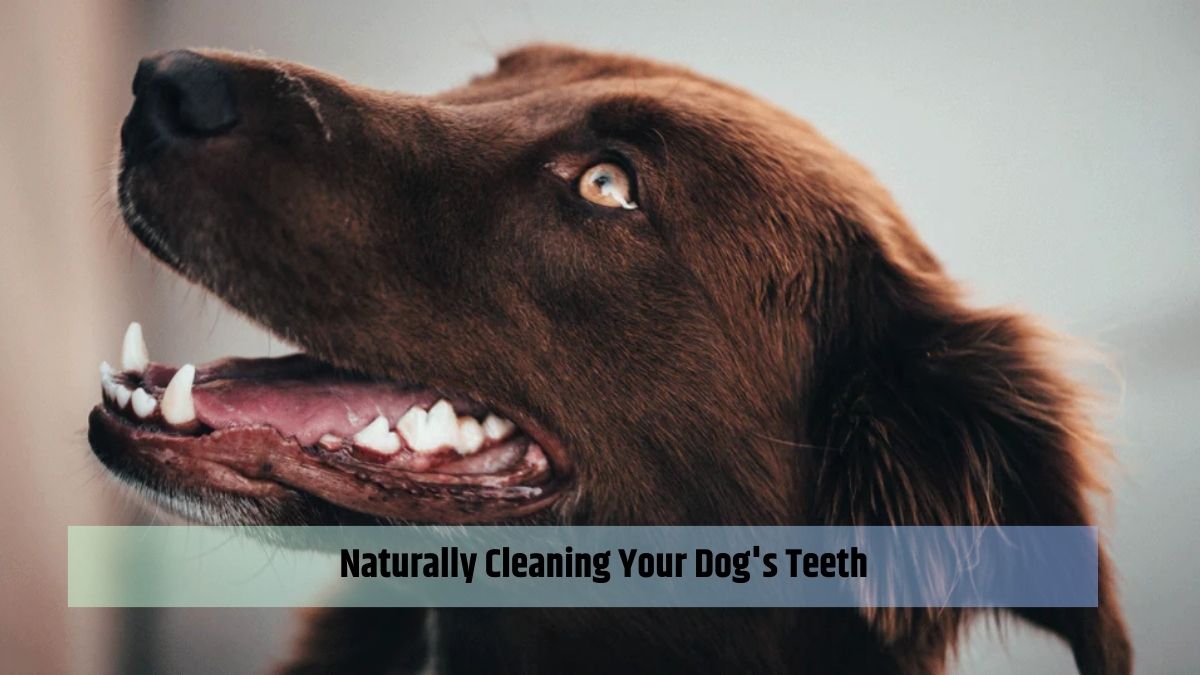In homes with numerous pets or when going on group walks to dog-friendly parks or restaurants, it is not uncommon for dogs to share water bowls. It may not seem like a big deal to share a water bowl, but there are real concerns about your dogs’ health that you should think about.
1. Risk of Disease Transmission
Sharing water bowls can increase the risk of disease transmission among dogs, especially if one dog is carrying a contagious illness or infection. Bacterial and viral pathogens, such as parvovirus, leptospirosis, or kennel cough, can spread through shared water bowls, leading to illness in susceptible dogs.
2. Potential for Contamination
Water bowls can become contaminated with saliva, food particles, dirt, and other debris, creating an environment conducive to bacterial growth and contamination. Dogs may also introduce foreign objects or substances into the water, further increasing the risk of contamination.
3. Behavioral Issues
Sharing water bowls can sometimes lead to resource guarding or aggressive behavior among dogs, especially if one dog perceives the water as a limited resource. This can result in conflicts or tension among dogs in multi-dog households.
4. Individual Hygiene Needs
Some dogs may have specific hygiene needs or dietary restrictions that require access to clean, uncontaminated water. Sharing water bowls may not adequately address these individual needs, potentially leading to health issues or discomfort for certain dogs.
5. Stress and Anxiety
Dogs may experience stress or anxiety when sharing water bowls with other dogs, particularly if they feel threatened or intimidated by other animals. This can lead to reluctance to drink or dehydration, especially in sensitive or timid dogs.
Best Practices for Shared Water Bowls
While shared water bowls can pose risks, there are steps you can take to minimize these concerns and promote the health and safety of your dogs:
- Regular Cleaning– Clean and disinfect water bowls frequently to prevent the buildup of bacteria and contaminants. Use pet-safe cleaning products and rinse thoroughly with clean water before refilling.
- Individual Water Bowls– Provide each dog with its own water bowl to ensure access to clean, uncontaminated water. Place water bowls in separate locations to prevent competition or conflicts among dogs.
- Monitoring Health– Monitor your dogs for signs of illness or discomfort and seek veterinary attention promptly if any concerns arise. Keep vaccinations and preventive care up to date to reduce the risk of contagious diseases.
- Supervision and Management- Supervise interactions around water bowls and intervene if necessary to prevent resource guarding or aggressive behavior. Implement positive reinforcement training techniques to promote peaceful coexistence among dogs.
Conclusion
Sharing water bowls is convenient, but it could lead to the spread of disease among dogs. Proper cleaning and hygiene practices, along with an awareness of the possible dangers, can help pet owners keep their dogs‘ drinking water safe.
FAQS
Are shared water bowls safe for dogs?
While shared water bowls can be convenient, they may pose risks for spreading illnesses such as bacteria, viruses, or parasites if not properly cleaned and maintained.
What diseases can dogs contract from shared water bowls?
Dogs can potentially contract diseases such as giardiasis, leptospirosis, and kennel cough from shared water bowls contaminated with pathogens.
How often should shared water bowls be cleaned
Shared water bowls should be cleaned and sanitized daily to minimize the risk of bacterial contamination. Use hot water and a pet-safe disinfectant to ensure thorough cleaning.
Can dogs build immunity to diseases from shared water bowls?
While dogs may develop some immunity to certain pathogens over time, it’s not guaranteed, and exposure to contaminated water can still pose health risks.
Are there alternatives to shared water bowls?
Yes, providing individual water bowls for each dog or using self-filling water dispensers can help minimize the risk of disease transmission and ensure each dog has access to clean, fresh water.










